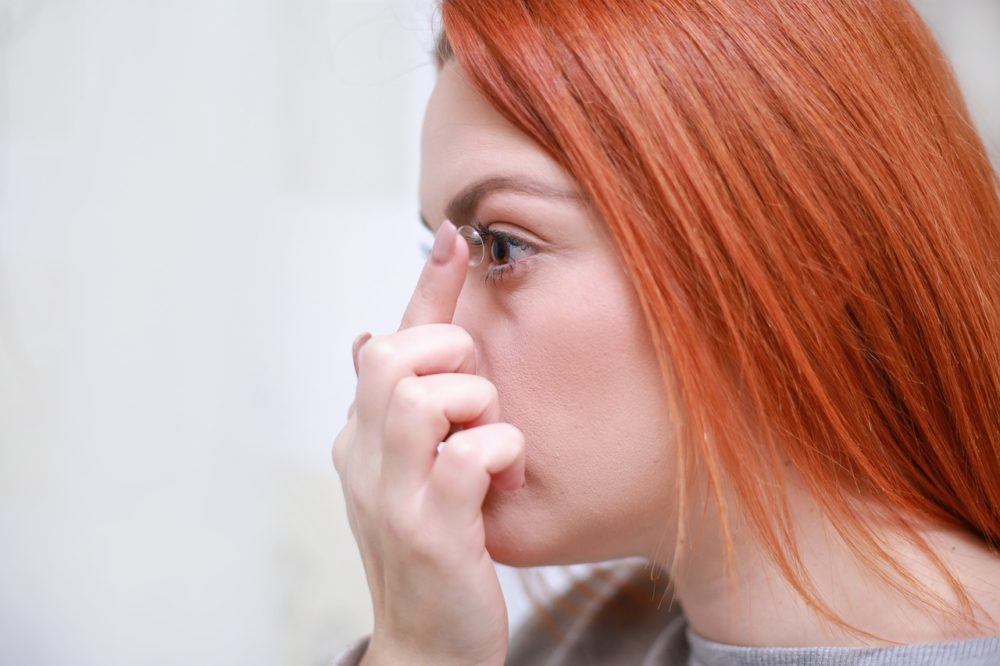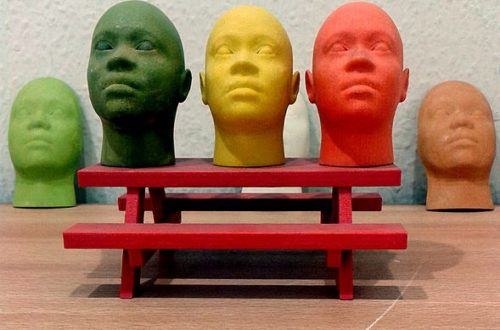Every Beginner’s Detailed Guide to Buying Bifocal Lenses and Frames

Bifocal lenses or contact lenses were the first ever successful lenses designed for correcting near and far vision alike. Ever since its foray, it has successfully replaced the need to put on two pairs of eyeglasses. Now the question is who should wear bifocal lenses? Before knowing the answer, it is good to know a little more about bifocal lenses. As mentioned earlier bifocal lenses help to correct two areas of vision-distant and near. It means the upper part is for viewing objects that are at a distance or far away and the lower portion is for viewing objects that are closer and near.
Key Takeaways:
- Bifocal lenses are designed to correct both near and far vision, eliminating the need for separate reading and distance glasses.
- They come in various shapes and designs, including simultaneous and alternating bifocal contact lenses.
- The choice of material for bifocal contact lenses includes silicone hydrogel, hydrogel, and gas permeable (GP) lenses.
- Candidates for bifocal lenses should have healthy tear systems, corneas, and be comfortable wearing lenses for extended periods.
- Bifocal lenses offer benefits such as cost-effectiveness, convenience, and the elimination of the need to switch between different glasses for various tasks. Proper care is essential for maintaining their effectiveness.
Bifocal Lens and its Varied Shapes
Bifocals come in varied shapes including:
- Complete Round Segment
- Half-moon also known as D segment, flat top, and straight top
- Full Bottom Half or the Franklin Style
- Narrow Rectangular Segment
Bifocal Contact Lenses and its Different Types
Along with bifocals lenses and frames, bifocal contact lenses are also quite in demand these days. It is categorized into two varieties – simultaneous and translating with each having multiple designs.
- Simultaneous Bifocal Lens – This will help one to view objects both near and at a distance simultaneously. And that is the reason many people use the lenses. The simultaneous bifocal lens further comes under two basic designs namely aspheric and concentric.
- Aspheric – It has different powers blended all through the lens. These are simultaneous and progressive lenses where the center can be made either for near power or distance as per the choice.
- Concentric – It has a central prescription either of far or near power and bordered by a couple of rings or a single ring of the reverse power. In case of multiple rings, it will alternate amid distance and near prescriptions. Such a lens is made of GP or soft materials while the power location will differ from one patient to another. The gas permeable of GP lens is small in size and will ride on the eye above one’s lower lid which means when they look down it will remain in place.
- Alternating or Translating Bifocal Lens – This will allow a person in alternating amid two power segments either when they look down or up. Generally, the lower portion is the near power, and the upper part is the distance power. So, if one glances downward for reading a newspaper or a book, it is the lower segment that will help in making the words appear brighter and larger.
Different Materials Used for Making Bifocal Contact Lenses

When it comes to choosing the bifocal contact lens material one can select from silicone hydrogel, hydrogel or GP. GP or gas permeable lens is the latest entrant and made of soft and hard material. The silicone hydrogel, in fact, is a material which enables the right amount of oxygen in passing through the lens for reaching the eye. Such lenses are getting popular with doctors and patients alike.
Time to Choose Bifocal Lenses
Now comes the question when should one select bifocal lens? First and foremost, one needs to think about when and where they need glasses and what is the duration for using it more. In case one uses the intermediate vision in case of a computer most of the time, they may not require a bifocal lens as it does not have intermediate diopters. If one uses just the near and far vision, then the bifocal lens will be the right choice for them. A person can need a bifocal lens in the following cases:
- People having bifocals from before.
- People having tried progressive lens yet failed in getting used to them.
- People who read a lot, watch television a lot and do not use the PC/Laptop much.
The suitable candidates for such lenses must possess healthy tear systems, a healthy cornea, regular blinking rates and also the ability to wear the lens with comfort during maximum waking hours. Its fittings can be long as well as drawn out hence it is crucial that a person is prepared for this process mentally. One may require trying out or testing an array of bifocal lens designs before finding one which is just ideal for them, yet the majority of the practitioners offer free trial lenses for helping one through this process. Candidates that are ideal for a bifocal lens are as follows:
- Need an appealing substitute to glasses devoid of undergoing refractive surgery.
- Have visual demands which need them to view things simultaneously over big viewing distances like reading, computer use, and driving.
- Is dissatisfied with monovision.
- Need a near Rx above +0.75D.
Bifocal Lens and its Different Benefits
Below are some key benefits of using a bifocal lens:
- No need to wear two pairs of eyeglasses.
- Compared to the progressive lens, its price is affordable.
- Suitable in any frame.
- The lenses can be made of different materials like polycarbonate, plastic, and glass.
- The bifocal lenses comes with different forms of coatings – photochromic, hardening and anti-reflective.
How to Take Care of Bifocal Contact Lenses
If one is using bifocal lenses of the disposal variety, taking care of them is indeed easy. All one needs to do is follow the care instructions which comes with them and wear them monthly, weekly or daily. Eye doctors suggested earlier GP users in rinsing the lenses under tap water, but this of late has been strongly discouraged because tap water contains microorganisms. People should thoroughly wash their hands before handling the bifocal lenses to avoid scratches and damage. Most importantly they should be stored in a clean lens case using a fresh solution.
Conclusion
Most people face difficulty in reading books and newspapers due to changes in their eyes because of natural aging. Here special glasses made for reading are required. Not only this, people who have myopia need regular glasses especially for distance vision. It sounds like a dilemma that people need to wear reading glasses at the time of reading and while watching TV use prescription glasses. But not anymore. Thanks to the advent of bifocal lenses, this switch has been eliminated.
Would you like to receive similar articles by email?






2 Comments
Robbert Murray
Informative blog. Thanks for sharing.
Paul Tomaszewski
You’re welcome! Glad to hear my blog is useful to you.